When I think about ghosts, my mind instinctively conjures up images of Casper or other intrepid apparitions from literature and folklore. However, in the watery realms, there exists a ghost of a different kind—the enigmatic and captivating Ghost Carp. In the vast expanse of the underwater world, these creatures glide silently, their translucent forms stirring both awe and curiosity.
Prepare to dive into the hauntingly beautiful world of these ethereal fish, where reality and legend intertwine. Join me as we embark on a journey into the ethereal waters, where reality merges with legend, and the captivating world of the Ghost Carp awaits.
| Name | Cyprinus carpio |
| Average Weight | 6-15 lb (2.7kg/6.8kg) |
| Average Length | 18-26 inches (45cm-65cm) |
| Maximum Weight | 94lb (42kg) |
| Maximum Length | 48 inches (120cm) |
| Life Span | 9–45 years |
Table of Contents
ToggleOrigin
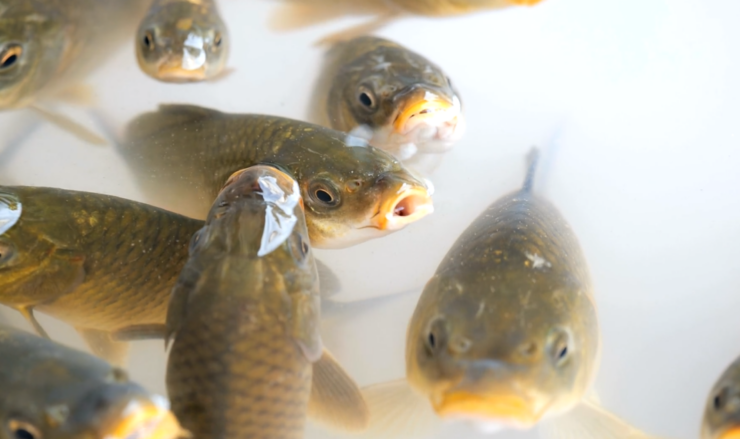
Once upon a time, Ghost koi were predominantly black in color. However, thanks to dedicated fish breeders and their experiments, the modern Ghost carp have undergone a transformation. Today, you can spot them flaunting a dazzling array of vibrant colors, with some sporting scales and others going scaleless, known as Doitsu.
In the 1980s, an ingenious farmer decides to mix things up by crossbreeding a mirror carp with a flashy metallic Ogon Koi. Voilà! The first Ghost koi fish is born. However, due to their relatively recent emergence as an engineered breed, not all koi enthusiasts and breeders fully recognize them as true koi.
Carp fish have deep roots in both Asia and Central Europe. They are renowned for their ability to thrive in cold-water environments and adapt to various conditions. In order to eliminate unwanted plants, Asian carp also referred to as “ghost carp,” were imported to the United States in the 1970s. In east Asia meanwhile, they are mostly raised for food.
Ghost Carp have since spread all over the United States. The problem is that, despite the fact that these fish help lakes and rivers get cleaner by feasting on the vegetation, they also prey on other fish species. Strangely, Ghost carps share many traits with Koi carp and are biologically identical to those fish (Nishikigoi).
Appearance
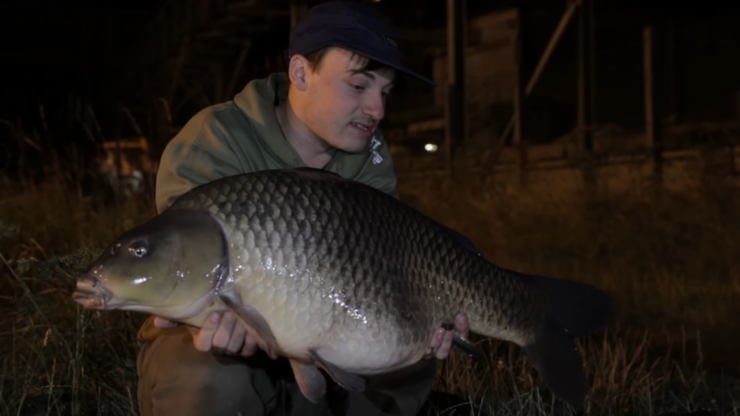
Having a thick body, a ghost carp is weighty and massive. It is a fish with many scales, whereas leather and mirror carp may have fewer scales.
The ghost carp, however, lacks scales on its head, much like all other carp species. It can vary in color and has long rear fins. The hue of ghost koi might still differ.
While some have bodies that are entirely one color, others have black or metallic patterns. A yellow ghost carp is produced by mating mirrors or common carp with yamabuki. Ghost koi’s colors change and become more vivid as they get older. They have thick, rubbery lips and slightly protruding upper jaws like other carp species.
Ghost Carp can get as big as two feet long and six pounds in weight. They have been studied for many years, but the koi’s appearance and size is an intriguing subjects. No one is certain why these fish have grown so big.
Some contend that the carp’s natural growth rate is sped up by ingesting food tainted with contaminants, refuting the theory that people may have contributed to the fish’s increased size. A light organ located in the black patch on the carp’s head allows it to interact with other members of its kind.
Habitat
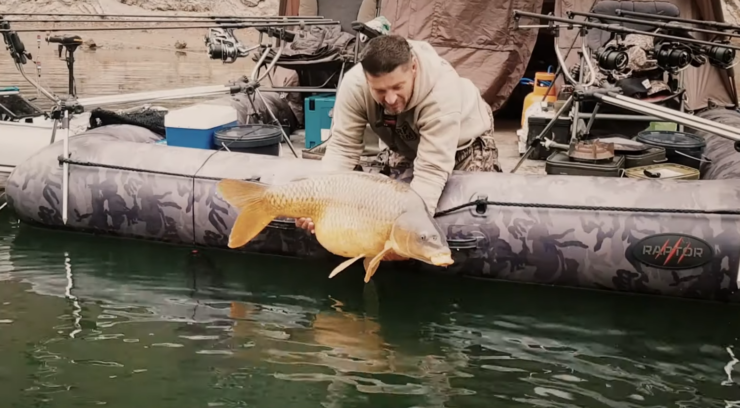
In general, carp are a resistant species, which is fantastic. Because the species can breathe at the surface, it can withstand water temperatures from 3°C to 33°C and thrive in seas with little oxygen.
The habitats of Ghost Carp (and other Koi varieties) include:
- Public rivers
- In deep into a body of water as they search for warmer water throughout the winter
- Though the majority live captivity
Carp are primarily endemic to eastern Europe and portions of Asia. There are several different subspecies of carp, which are found as far away as Croatia and Azerbaijan. More than 80 nations outside their native range have now been introduced. Carp can be found in the United States, Canada, Chile, Guatemala, and Guyana, among other places.
Ghost koi can live in slow-moving pools of water in nature, although they prefer still ones. They generally prefer freshwater, but in some instances they also live in saltwater. Their overpopulation is threatening the habitat of the phantom carp, a fish that has been introduced to many American waterways. The fish’s population has skyrocketed due to their fondness for warm, sewage-contaminated waters, where they are known to thrive. If the invasive fish spreads, the environment will likely suffer serious harm to native wildlife.
Canada and the US have both received the introduction of the ghost carp where they have found a particular role as bait for recreational fishing. In the United States, Ghost carp have gained popularity among anglers s where they are sold for around $7 per pound.
Diet
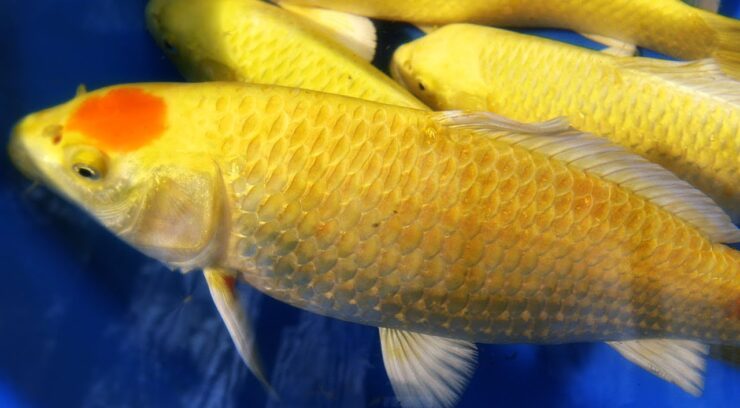
Ghost carp are notoriously gregarious. Due to their omnivorous nature, they will scour the water for any edible objects. They have also been referred to as “freshwater pigs” since they might disturb the bottom when searching for food. It’s estimated that ghost carp devour up to 20% of their body weight daily on insects and other tiny invertebrates.
Newly discovered in the Great Lakes, ghost carp are an invasive carp species. Compared to conventional carp, they have a different color and form and can get up to three times as big. Small fish, amphibians, and other aquatic animals make up their diet. If their population growth is unregulated, it could harm the environment and the fish food supply.
A ghost koi starts to spawn when it reaches sexual maturity. This is between the ages of two and three. Carp’s living environment will determine when to breed. They typically generate when the water temperature reaches 16–22°C.
The ghost carp’s sticky, yellow, or orange eggs will be affixed to weeds. The female carp can reproduce more than once per season and lay one million eggs. Ghost koi don’t shield their eggs from predators as other kinds do. The time it takes for the eggs to hatch will vary depending on the location and water temperature where they are laid. Young carp cling to plants for the following three to four days until they have finished their yolk sac.
Behavior
Ghost carp exhibit harmful and enigmatic behavior. They have a history of attacking people and other animals, and their hunting patterns can potentially destroy aquatic ecosystems.
Using downstream water currents, the fish travels from one location to another in a few days. They can survive in muddy and freezing waters. They swim through practically oxygen-free water, which makes it difficult for predators to discover them.
The ghost carp’s true ancestry is unknown. However, it is thought that they are a product of fish and grass carp hybridization.
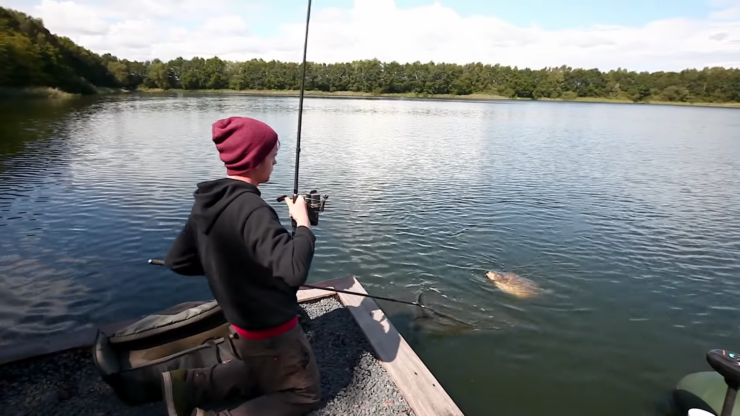
Lifespan
Although the same longevity of ghost carp is unknown, it is thought that they can live for up to 20 years, and typically live for 10-15 years.
Effect on Ecosystem
The Asian carp commonly referred to as the “ghost carp,” is an invasive fish species that has seriously harmed many American streams’ natural balance. These fish currently number in the millions due to their fast population growth.
Because they consume other fish, aquatic invertebrates, and even small amphibians, and because they can alter the distribution of water contaminants, they harm ecosystems. They cause the extinction of other species by competing with other fish for food and habitat.
Additionally, Asian carp can have hazardous pathogens that can affect other fish. It’s critical to comprehend how ghost carp affect ecosystems to manage these populations and stop additional harm.
How to Catch Them
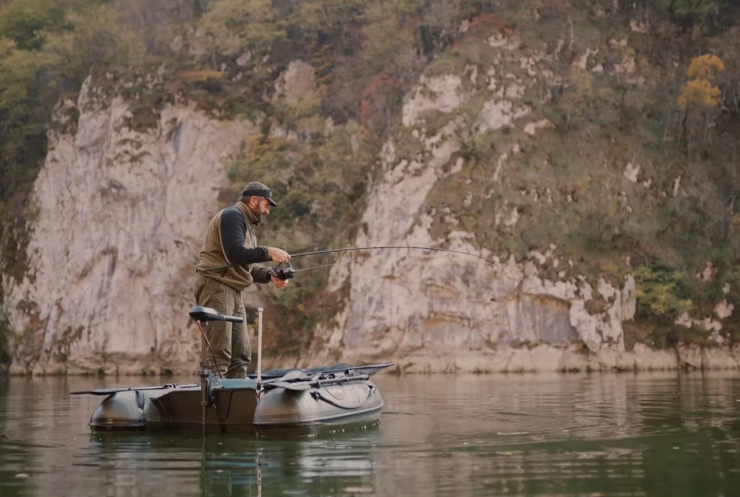
Fishing for ghost carp is a year-round sport. A float, a boilie, and a spring can all be used to catch one. Clear concepts regarding a specific fish can significantly improve your fishing experience. They inherited some carp traits including power, resiliency to the environment, etc. They are not more aggressive than koi breeds, contrary to popular belief.
In calm waters, ghost carp are extensively targeted for fishing. Numerous fisheries worldwide, including those in the US, promote the presence of ghost koi. Be aware that finding them can be challenging. Due to their reputation as intelligent, difficult-to-catch fish, ghost koi are highly prized by fishermen.
Try several spots in the water to find the fish if you can discover a decent fishery that stocks them. Keep an eye out for overgrown vegetation and trees because ghost carp like to hide in those places.
The majority of carp fishermen, including us, choose pellets as bait. Some additional tried-and-true options are worms, peanuts, dog biscuits, maggots, sweetcorn, red worm, brandlings, mussels, bread, and luncheon meat. Luncheon meat can be given extra flavoring to give it a more robust flavor and aroma.
They especially enjoy living in regions with soft, vegetal sediments and water lilies. They also prioritize locations with plenty of food. Don’t skip these locations if the fishery contains any underwater lodges or structures. Pay attention to barriers as well as rush beds. They can be found in any shallow water, aside from these.
It is advised to bring many baits with you. If you’re not receiving any response or attention, keep altering.
Check out the list of preferred baits for ghost carp:
- Semolina Balls
- Corn
- Peas
- Sweet Peas
- Pellets
- Pea dough
- Bread with Honey
- Sweet Corn
- Marshmallows
- Boilies
Conclusion
Ghost carp’s beauty, mysticism, and cunning may pique your interest, but catching one can be difficult, so be prepared for a challenge. Because it is believed that this fish is more intelligent than the majority of larger freshwater fish in Europe, it is highly prized by fishermen. It’s critical not to overcrowd your tank with ghost carp because they require space to move around. Give each fish at least 25 liters of water.
If you were under the impression that ghost carp or ghost mirror carp have any paranormal abilities, you may be disappointed to know, but the fish is but one of the wide varieties of koi. The breed can be pretty interesting, even though it won’t suddenly arrive in a koi pond at midnight and kill all the koi fish there.
Frequently Asked Questions
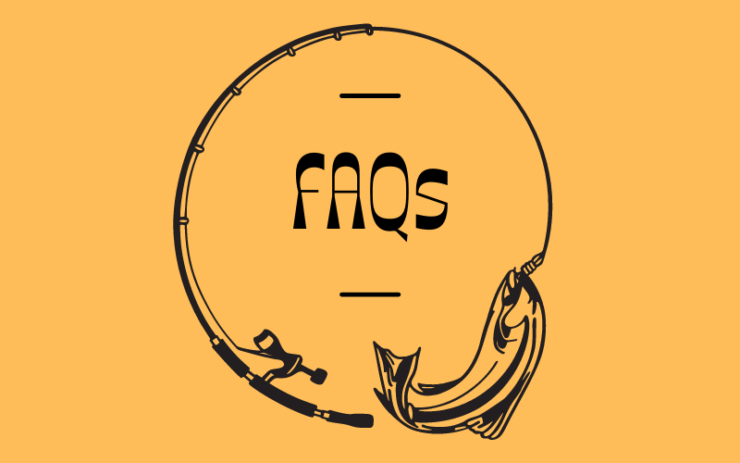
What Does A Ghost Carp Look Like?
The distinctive fish known as ghost carp can be recognized by their long, spindly bodies and big eyes. They can get up to three feet long and are only found in Asian river systems. Their unique look and aggressive nature distinguish ghost carp and their propensity to jump out of the water unexpectedly.
How can we reduce the number of ghost carp?
The Ghost Carp population can be managed in a variety of ways. Some techniques include trapping, water diversion, electric barriers, and chemical controls. The most popular strategy for reducing carp populations is trapping. This is accomplished by setting various traps, including buckets, net cages, and live or dead traps.
Are Ghost Carp Prohibited?
Whether or not ghost carp are prohibited depends on the situation. Some jurisdictions, like Illinois, are classified as nuisance fish and can be controlled or eradicated by catch-and-release fishing. They are considered invasive in some places, like Michigan, and can only be caught with a specific license.
How Fast Grow Ghost Carp?
Fish from the Asian continent that has been brought to North America include the ghost carp. They multiply and are regarded as a serious invasive species. Ghost carp can reach lengths of up to 6 feet and weighs 80 pounds in just three years.
In water, are ghost carp invisible?
Many fishermen have been wondering about this lately as fish have been migrating upriver into significant streams. These invasive fish appear to have a knack for concealing in small spaces, but do they truly vanish underwater? There are a few theories, but no one is certain. According to one hypothesis, ghost carp can only be seen once they are made visible.
Mariyam Wilde has been kayaking since before it was cool. With a decade of navigating everything from tranquil lakes to white-water rapids, she’s got more stories than there are fish in the sea.
Related Posts:
- Heavy Duty Fishing: 11 Best Rods And Reels For Big Fish 2024
- 15 Best Baitcasting Reel Under $100 2024 - Improve…
- 10 Best Saltwater Fishing Boats - Ultimate Angling Adventure
- Difference Between Buffalo Fish And Carp - Which One…
- 16 Best Kayak For Beginners 2024 - Kayaking Adventure Gear
- 12 Best Kayak GPS 2024 - Find Your Way to Adventure












